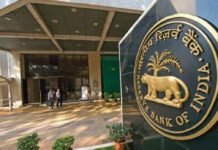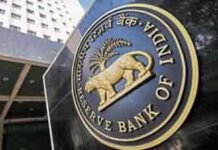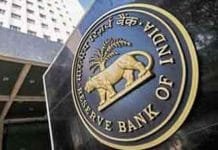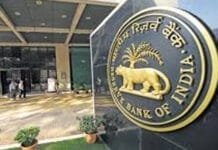The upcoming Reserve Bank of India (RBI) meeting in August is set to be a pivotal event, with analysts speculating that the RBI could bring much-needed relief to millions of people. After a prolonged period of financial drought, characterized by an unchanging repo rate for the past 16 months, there are now several compelling reasons to believe that a change is imminent.
The Stagnant Repo Rate and Its Implications
For the last 16 months, the repo rate has been steadfast at 6.5 percent. This rate, which serves as a benchmark for banks to set their loan interest rates, has remained unaltered across the previous eight RBI meetings, each spaced two months apart. The consequence of this stasis is clear: without a reduction in the repo rate, the interest rates on retail loans remain high, making EMIs (Equated Monthly Installments) a significant burden for many borrowers.
Inflation: The Key Constraint on the RBI
The primary factor restraining the RBI’s ability to lower the repo rate has been inflation. However, recent trends indicate a promising shift. The inflation rate for food items has fallen below 5 percent and is anticipated to hover around 4 percent in the near future. Moreover, the overall inflation rate for basic items has seen a notable decline of 2 percent over the past 11 months.
The RBI’s projection for retail inflation in 2024-25 stands at 4.5 percent, suggesting a stable and controlled inflation environment. This stability provides the RBI with the leeway to consider reducing the repo rate, which would, in turn, lead to lower interest rates on retail loans and reduced EMIs for borrowers.
Economic Growth Bolsters the Case for Rate Cuts
India’s robust economic performance further supports the case for a repo rate reduction. In the financial year 2023-24, the country’s growth rate soared to 8.2 percent. This impressive growth is reflected across various sectors:
- GST Collection: The Goods and Services Tax (GST) collections have shown substantial growth, indicating a strong economic activity.
- Manufacturing Sector: There has been rapid expansion in manufacturing, bolstering economic output.
- Service Sector: The service sector remains a pillar of strength for the Indian economy, continuing to show robust growth.
Impact of Monsoon on Economic Prospects
The Indian Meteorological Department (IMD) has forecasted a bountiful monsoon season, which is expected to significantly boost the production of Kharif crops. This optimistic projection is crucial as it directly impacts the consumption patterns in rural areas. An increase in agricultural production typically leads to enhanced rural spending, thereby driving economic growth.
RBI’s Optimistic Growth Projections
In light of these positive indicators, the RBI has revised its growth rate estimate for the current financial year from 7 percent to 7.2 percent. This upward revision underscores the central bank’s confidence in the resilience and potential of the Indian economy.
Potential Benefits of a Repo Rate Cut
A reduction in the repo rate can have far-reaching benefits for the economy and the general populace:
- Lower Interest Rates: A decrease in the repo rate would lead to a reduction in loan interest rates, making borrowing more affordable for both individuals and businesses.
- Increased Spending Power: With lower EMIs, consumers will have more disposable income, which can spur spending and stimulate economic growth.
- Investment Growth: Lower borrowing costs can encourage businesses to invest in expansion and development, fostering job creation and economic diversification.
Strategic Timing of the RBI Meeting
The timing of the upcoming RBI meeting in August is particularly strategic. With the monsoon season in full swing and positive economic indicators aligning, this meeting presents a unique opportunity for the RBI to implement changes that could significantly benefit the economy.
Conclusion: A Potential Turning Point
The upcoming RBI meeting is poised to be a turning point for the Indian economy. With inflation under control, a strong economic growth trajectory, and favorable monsoon predictions, the conditions are ripe for the RBI to consider a repo rate cut. Such a move would not only provide relief to millions of borrowers but also support sustained economic growth and stability.
In conclusion, as we look forward to the August meeting, there is cautious optimism that the Reserve Bank of India will take decisive action to reduce the repo rate, thereby ushering in a period of financial relief and economic vitality for the country.












